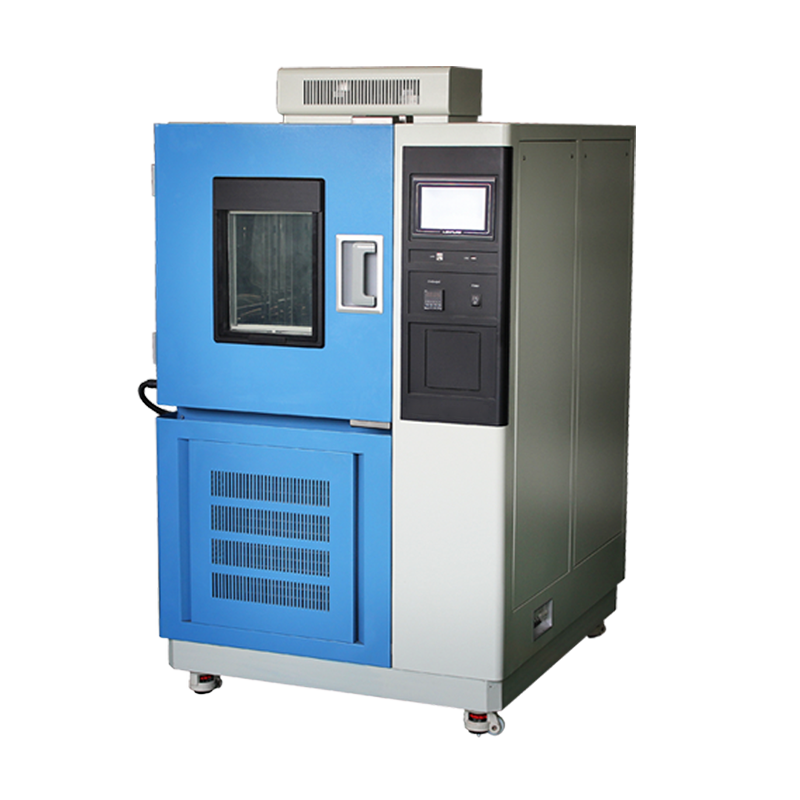Temperature humidity test chambers are critical instruments in environmental testing, utilized across industries such as aerospace, automotive, electronics, and pharmaceuticals to simulate various climatic conditions. These systems ensure product reliability by subjecting items to controlled temperature and humidity cycles. A sudden increase in operational noise often signifies underlying mechanical or electrical issues that require immediate attention. Understanding the potential causes and implications of such acoustic anomalies is essential for maintaining operational integrity and preventing costly downtime.
One primary cause of abrupt noise escalation is mechanical wear or misalignment in the compressor unit. The compressor, which is fundamental to the refrigeration cycle, may develop faults due to prolonged operation, inadequate lubrication, or component fatigue. Unusual sounds such as grinding, knocking, or rattling often indicate bearing failure, piston issues, or loose internal parts. These symptoms suggest that the compressor is operating under stress, which can lead to reduced cooling efficiency or complete system failure if not addressed promptly. Regular maintenance, including lubrication and inspection of moving parts, can mitigate such risks.

Another common source of increased noise is the condenser fan or blower assembly. These components facilitate heat exchange by circulating air across the condenser coils. Over time, fans may accumulate debris, suffer from blade damage, or experience motor bearing wear. A sudden rise in humming, whirring, or vibrating noises often points to imbalances or obstructions in the fan system. Such issues not only elevate noise levels but also impair thermal management, potentially causing the chamber to exceed specified temperature ranges. Cleaning fan blades and ensuring motor alignment during routine checks are effective preventive measures.
The evaporator section, responsible for humidity control, can also contribute to noise anomalies. If the water pump or humidification system malfunctions, it may produce gurgling, buzzing, or erratic sounds. This could stem from blockages in water lines, pump failures, or sediment buildup in the reservoir. These issues disrupt humidity consistency and may lead to inaccurate test results. Flushing the water system and verifying pump performance during scheduled maintenance can help avoid such complications.
Electrical components, such as relays, contactors, or transformers, may generate unexpected buzzing or humming when deteriorating. Arc faults, loose connections, or voltage fluctuations can cause these parts to vibrate audibly. While sometimes subtle, these sounds often precede electrical failures that could compromise safety and functionality. Periodic electrical inspections, including terminal tightening and insulation checks, are crucial for early detection.

Structural integrity within the chamber, including door seals, insulation, and internal fittings, can also influence noise levels. Wear and tear on door gaskets or loose panels may allow vibrations to amplify, resulting in rattling or echoing sounds. Although not always indicative of critical failure, these issues can affect temperature uniformity and seal integrity. Verifying the condition of seals and fasteners during operational audits is recommended.
In summary, a sudden increase in noise from a temperature humidity test chamber serves as an early warning of potential mechanical, electrical, or structural issues. Proactive monitoring and adherence to a structured maintenance schedule are vital for ensuring longevity and accuracy. Operators should document noise changes and correlate them with performance metrics to facilitate troubleshooting. By addressing these acoustic signals promptly, laboratories and production facilities can maintain testing precision and avoid interruptions in quality assurance processes.












